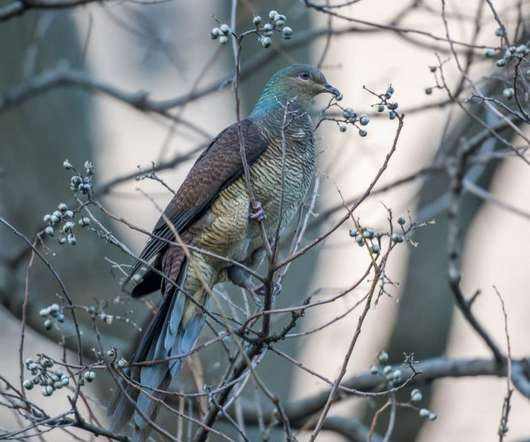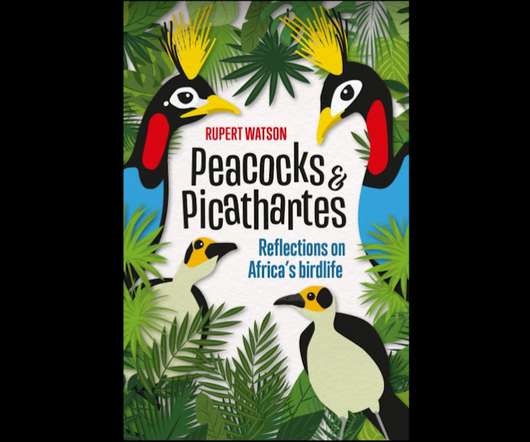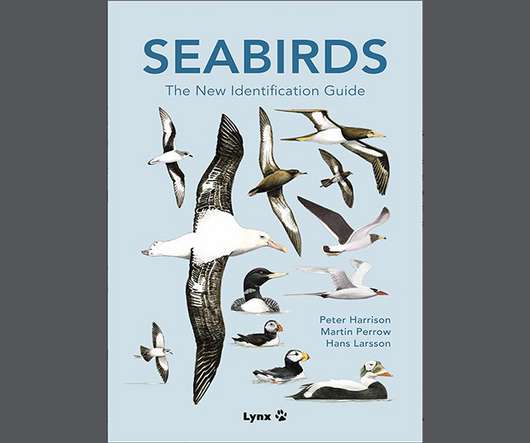Birding Shanghai in January 2023
10,000 Birds
FEBRUARY 2, 2023
As the Hooded Cranes know that I am a consultant, they sometimes ask me whether they should forage together with geese or preferably seek areas in which geese are not present. However, the authors call this a “new breeding tactic”, which seems to mix up the discovery of the tactic with the use of the tactic.













Let's personalize your content